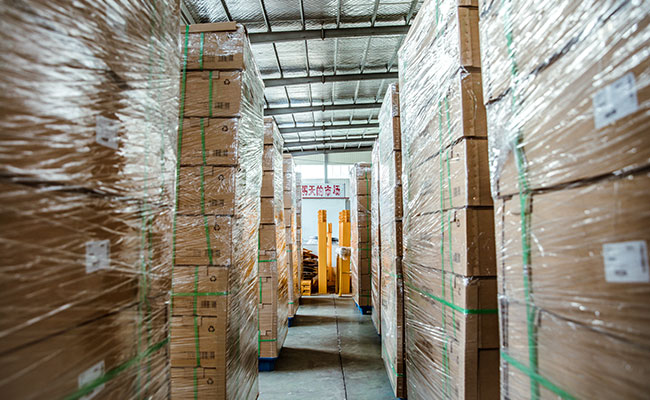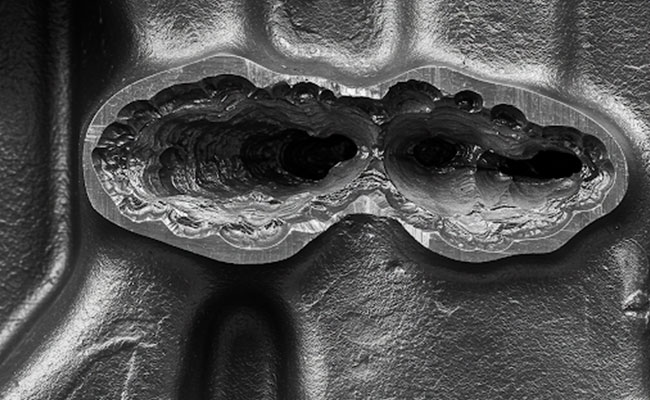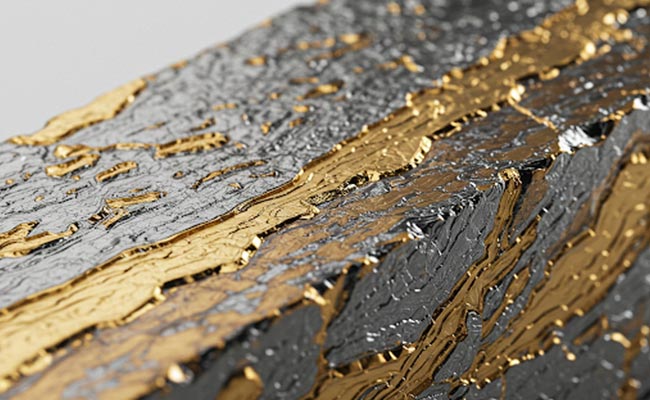
Common Defects of Ductile Iron
2021-09-13
Classification and Characteristics of Welding Methods
2021-09-261. Prevention and control measures for graphite floatation. First of all, it is necessary to strictly control the content of manganese while minimizing the sulfur content in the original molten iron. At the same time, strictly control the content of residual rare earths and keep their mass fraction within 0.06%. Normally, it is necessary to keep the smelting in reducing neon. Then, the ladle was removed at the first time to complete the complete removal of the reference. Before starting the pure magnesium treatment process, it is necessary to remove the scum on the surface of the molten iron, and at the same time carry out the inoculation treatment at a faster speed in the first time, so as to improve the quality of slag removal to a greater extent. Strict control of the incubation temperature is also very important to make it compatible with high temperature requirements and standards. Under high temperature conditions, the smelting is carried out correspondingly, and the pouring process is carried out under low temperature conditions. In addition, it is necessary to speed up the solidification rate of castings to a certain extent. Under normal circumstances, the method used is to set the chilled iron reasonably so that it is at the thickness of the casting wall. It can be seen from practice that this method has achieved A better effect. At the same time, a certain amount of graphitization hindering elements can be added in the process of casting with extra large section.
2. Measures to prevent and control subcutaneous stomata. The first step requires strict control of the chemical composition of the molten iron, so that the carbon equivalent is greater than the eutectic point composition, and the sulfur content, residual rare earth and residual magnesium content are strictly controlled, and the percentages are within 0.094%, 0.043% and 0.05%, respectively. Then, rationally design the casting structure to maintain the wall thickness above 25 mm. When determining the pouring temperature, it needs to be closely integrated with the wall thickness and then implemented. Effectively control the temperature of thin-walled small parts, middle parts and large parts to maintain them above 1320 degrees Celsius, 1300 degrees Celsius, and 1280 degrees Celsius, respectively. It is necessary to fully apply a variety of tools, mainly including dry metal charge and inoculant, etc., strictly control the moisture of the molding sand, and keep it within 4.8%. Under normal circumstances, the open gating system is reasonably designed, the vent hole is set at the highest place of the cavity, and the height of the pouring riser is strictly controlled to provide an important guarantee for the static pressure of the liquid metal. At the same time, it is also able to fully apply related filtering technologies in the gating system.
3. Measures to prevent shrinkage and shrinkage. First, it is necessary to strictly control the composition of molten iron, and refine the carbon equivalent, phosphorus content and residual magnesium content at 39%, 0.08%, and 0.07%, respectively. Then, in the process of implementing the process design, it is necessary to reasonably set the feeder feeder to provide an important guarantee for the feeder to continuously supply the molten metal to the solidification process of the casting, and to scientifically set the size and quantity of the feeder. Under relatively special conditions, if the purpose of sequential solidification is to be achieved, the cold iron and subsidy technology must be fully applied, and the casting temperature must be adjusted appropriately. In addition, the pouring temperature is strictly controlled so that it is basically maintained at 1350 degrees Celsius. When the thickness of the casting is relatively thick and the volume is relatively large, the casting temperature needs to be reduced to a certain extent. When casting molds, improving the production rate of castings is the main purpose. In order to achieve this goal, relevant measures need to be taken to improve the rigidity of the flask and the compactness of the molding sand.
In addition, in order to achieve an increase in the qualification rate of ductile iron castings, not only can the above prevention measures be taken to optimize the design process, the process parameters can be selected, but also the specified process technology standards can be fully integrated to complete the material batching and smelting The reasonable choice of sand, the performance and strength of the molding sand are strictly controlled. In this way, the qualification rate of ball milled iron castings can be improved.




